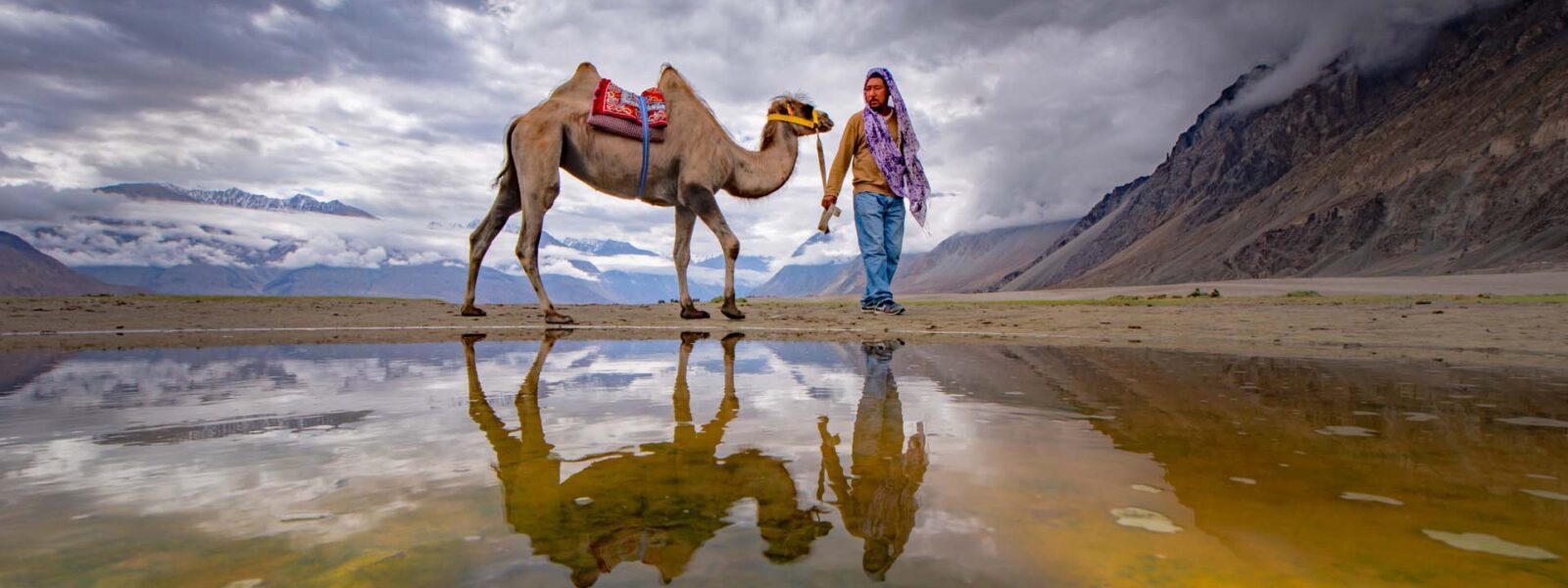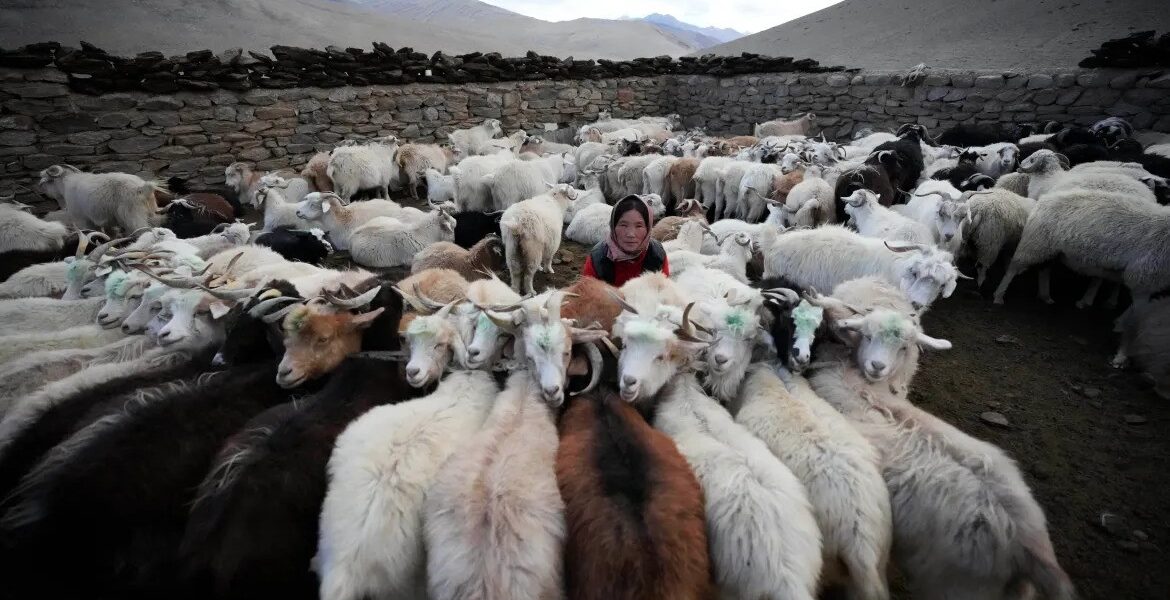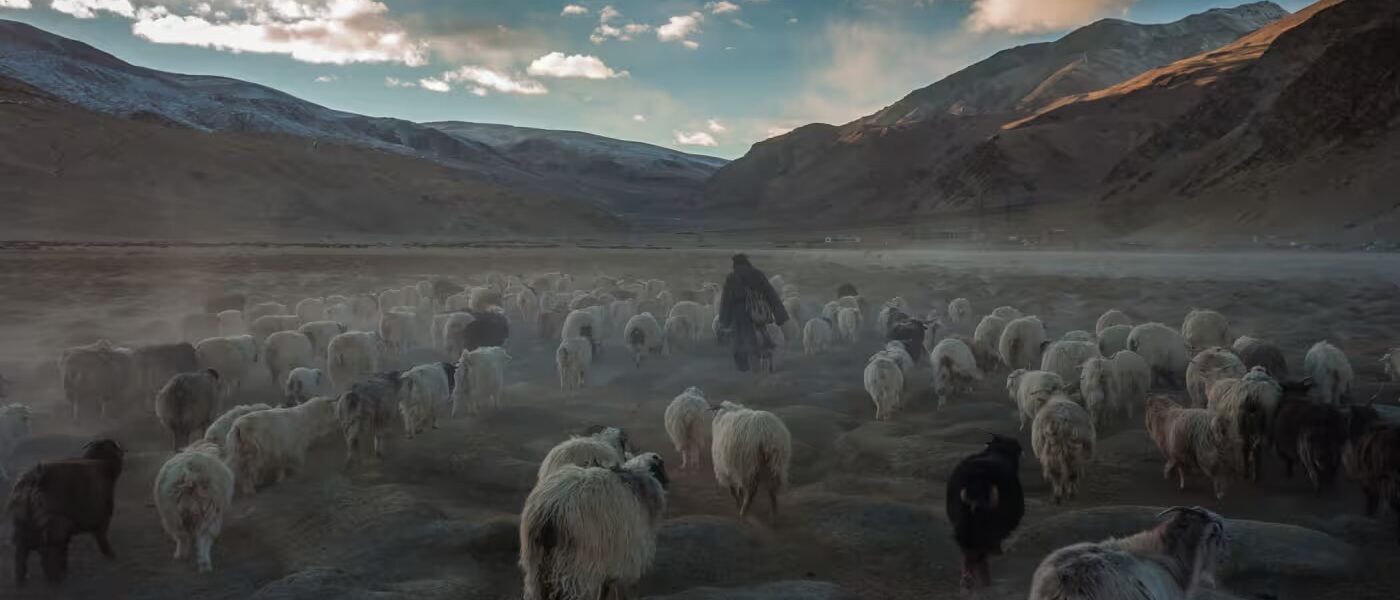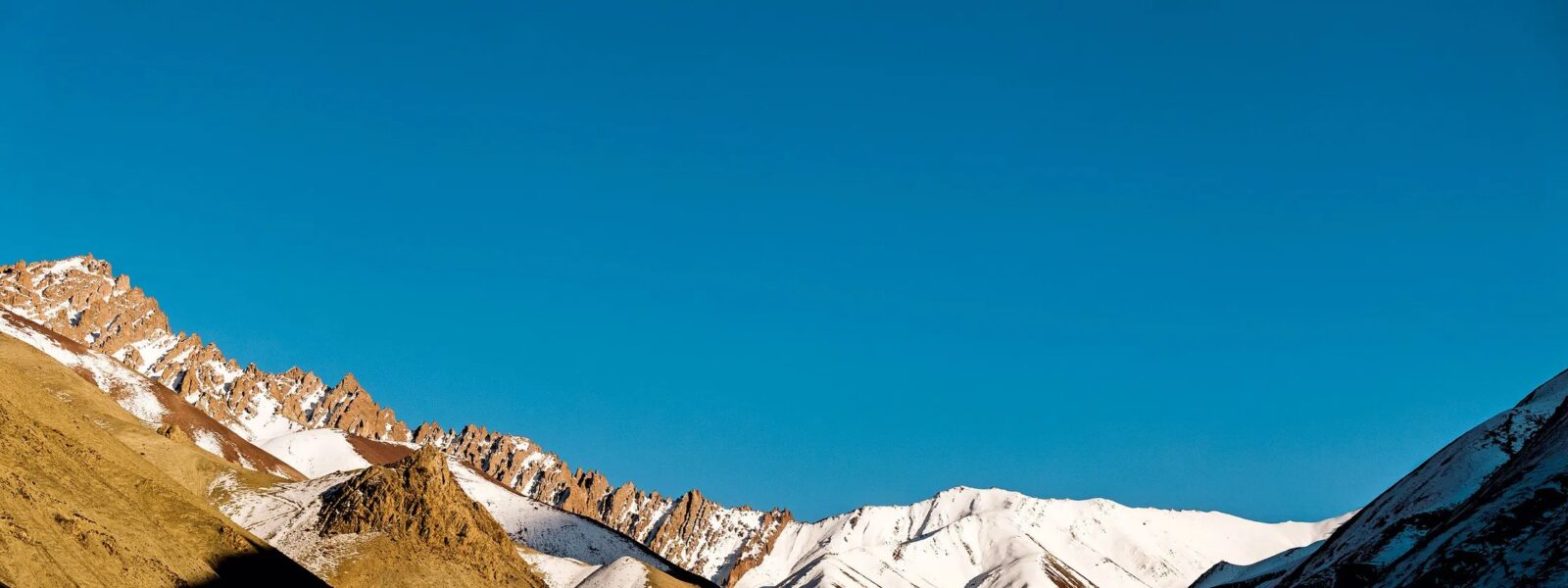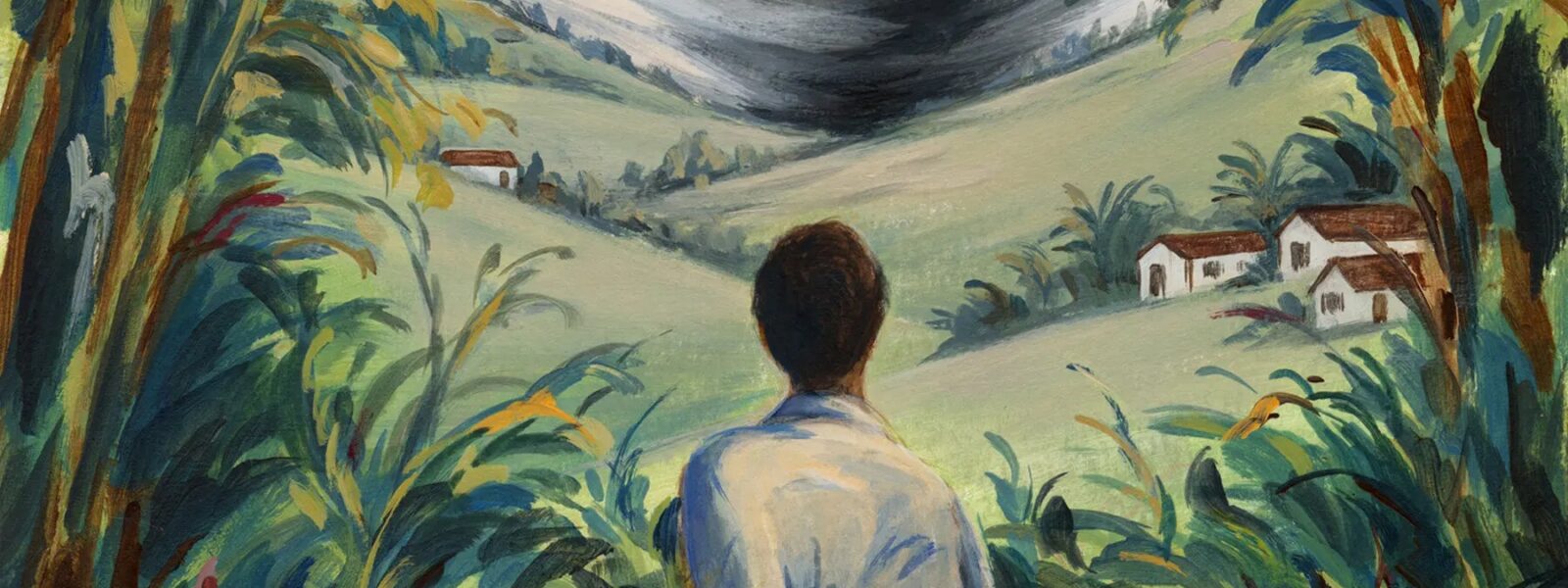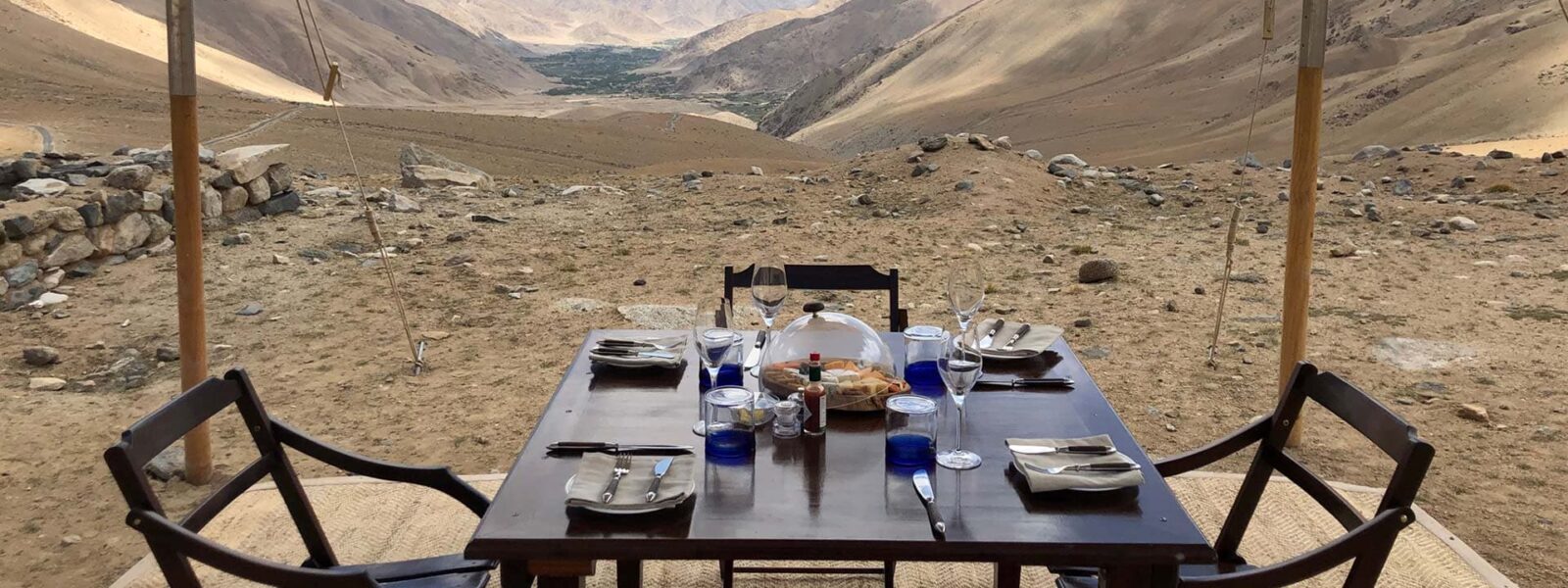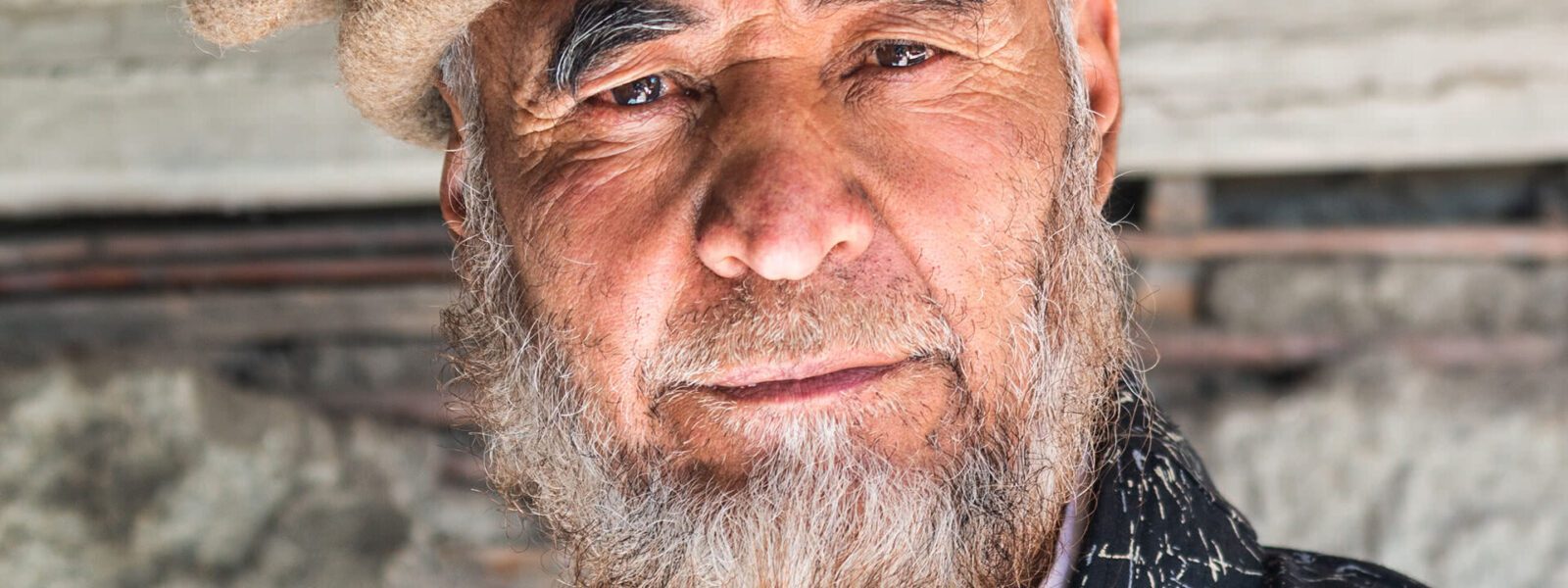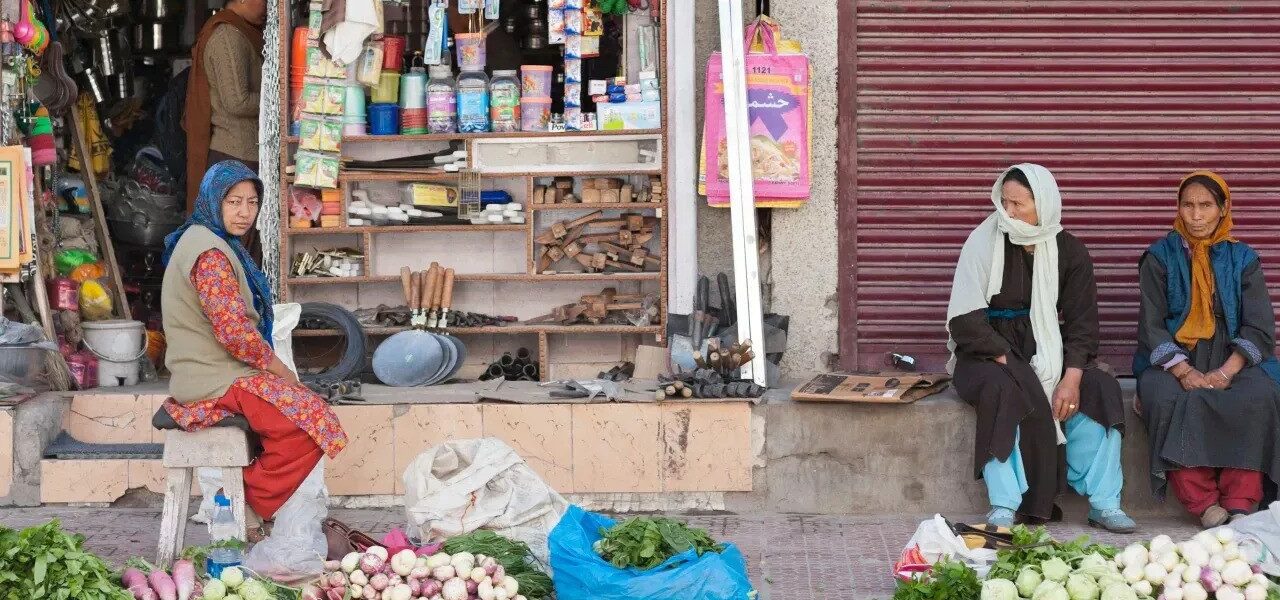Ladakh, nestled high in the Himalayas, is a trekking destination unlike any other. Famous for its stark, dramatic landscapes and its unique culture, Ladakh attracts adventurers and photographers from across the globe. For those looking to combine a passion for trekking with landscape, wildlife, and cultural photography, Ladakh is truly a photographer’s paradise.
In this guide, we’ll explore why Ladakh offers incredible opportunities for photography, the best trekking routes for capturing stunning landscapes, essential tips for trekking with your camera gear, and testimonials from travelers who’ve experienced the magic of Ladakh firsthand.
Why Ladakh is a Photographer’s Dream Destination
The Unique Landscape of Ladakh
The first thing that strikes visitors to Ladakh is the stark beauty of its high-altitude desert environment. Trekkers are treated to a stunning combination of snow-capped peaks, arid valleys, and azure lakes, providing endless photography opportunities. The surreal contrast between barren mountains and clear blue skies is unlike any other trekking destination in the world.
Photographers are often drawn to Ladakh for its diverse terrain and extreme weather conditions, which create constantly changing light and shadows. Whether you’re capturing the twilight over the valleys or the crystal-clear reflections in Pangong Lake, Ladakh offers landscapes that are perfect for dramatic, wide-angle shots.
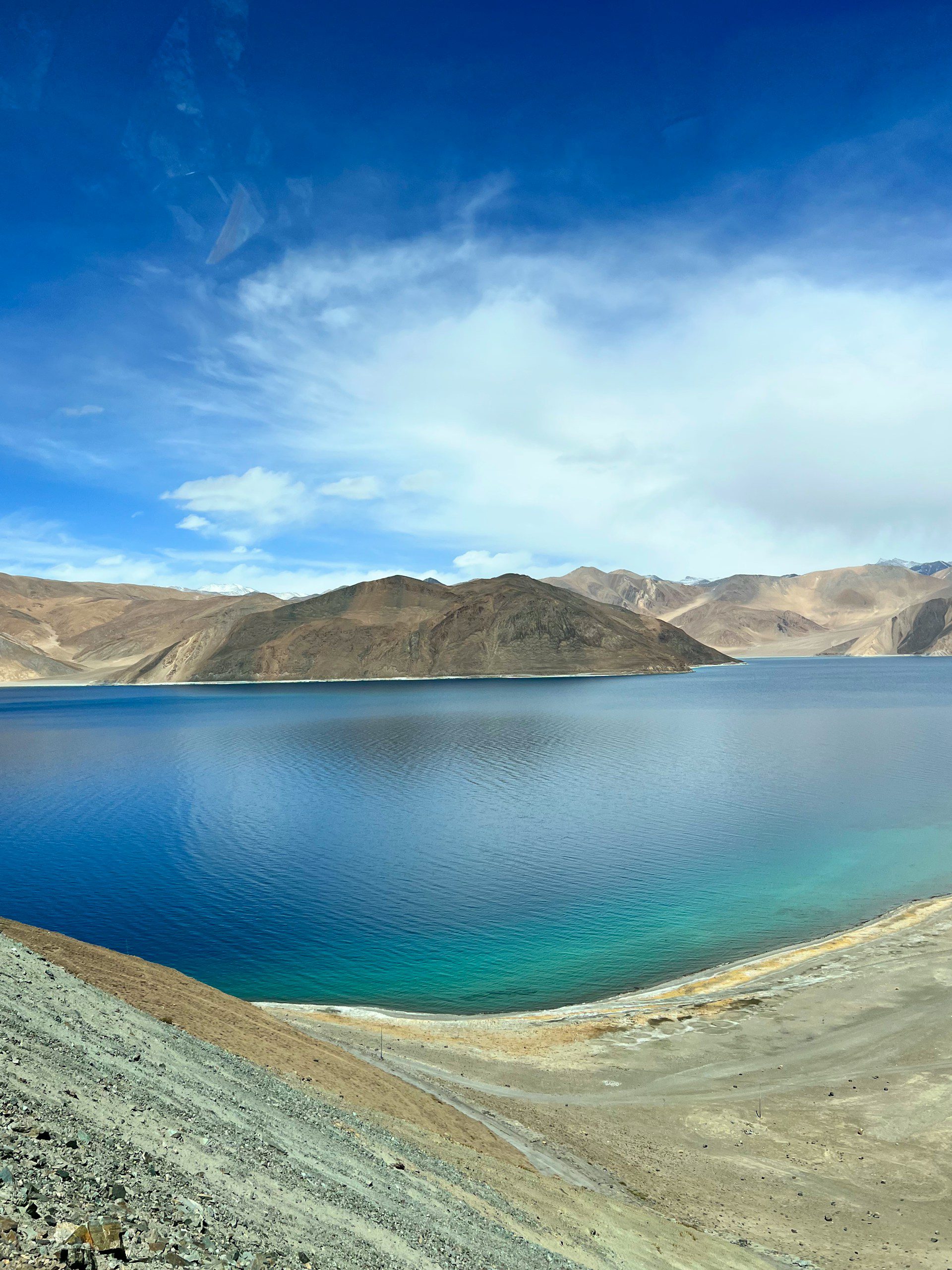
“The landscape here is otherworldly! Every turn on the trekking route offered a new, breathtaking view. I captured some of my best shots trekking along the Markha Valley.”
– Anna Rivera, Nature Photographer, Spain
Photographic Diversity on Ladakh Treks
Ladakh is home to much more than just beautiful landscapes. The region also offers incredible opportunities for wildlife photography, especially in more remote areas like Zanskar Valley. Here, photographers may encounter the elusive snow leopard, rare Himalayan blue sheep, and an array of migratory birds.
Culturally, Ladakh’s centuries-old Buddhist monasteries, such as Thiksey and Hemis, offer a glimpse into the region’s spiritual traditions. Photographers are often captivated by the vibrant colors of the prayer flags and the serene faces of the monks, creating excellent subjects for cultural photography.
“The monasteries in Ladakh were a dream to photograph. The juxtaposition of their vibrant colors against the barren landscapes was stunning. The people are so warm and welcoming, making it easy to capture authentic portraits.”
– Mark Olsen, Travel Blogger, USA
Best Time for Trekking and Photography in Ladakh
Ideal Seasons for Photography
Ladakh experiences a long, cold winter and a short, bright summer. The best time for trekking and photography in Ladakh is between June and September when the skies are clear, the weather is more temperate, and the trails are accessible. During this time, the colors of the landscapes are more vibrant, making it easier to capture panoramic shots.
For those seeking unique winter photography opportunities, January and February offer stunning shots of snow-covered landscapes. The Chadar Trek, where you walk on the frozen Zanskar River, provides a unique winter experience for photographers.
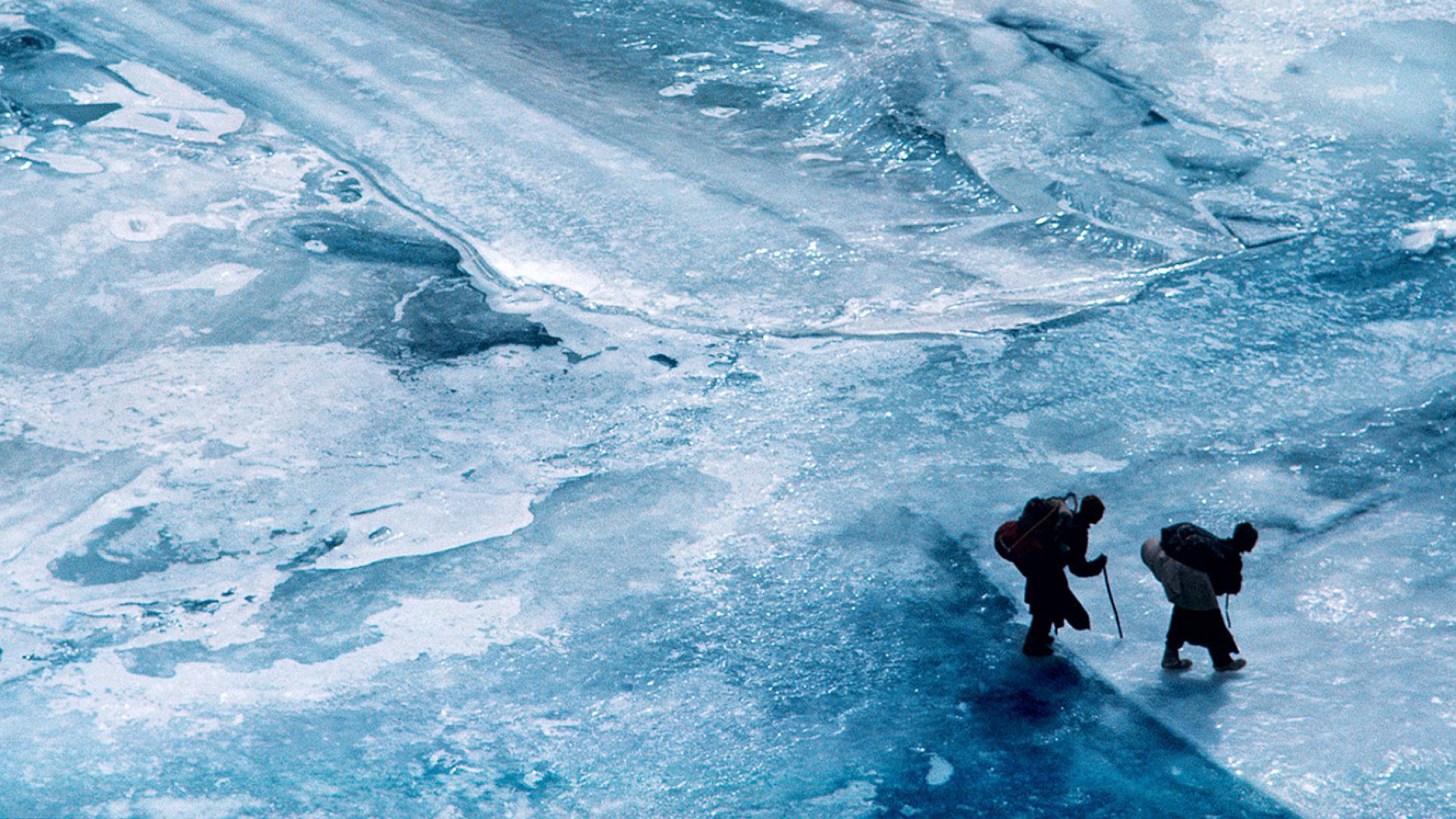
Capturing Ladakh in Different Light
Understanding the lighting in Ladakh is key to capturing great photos. During early morning and late afternoon, the soft light enhances the textures and colors of the landscape, making these the best times to shoot. Sunrise and sunset photography are particularly rewarding in Ladakh, especially when the first light hits the snow-capped peaks or reflects off the surface of Tso Moriri Lake.
“My favorite photography moments were during sunrise at Pangong Lake. The play of light on the still waters was magical, and I managed to capture some amazing reflection shots.”
– Sophia Chang, Landscape Photographer, Singapore
Top Ladakh Treks for Photographers
Markha Valley Trek: A Photogenic Journey
One of the most popular treks in Ladakh, the Markha Valley trek, is a photographer’s delight. The trek offers dramatic landscapes, including lush green patches against rugged mountains, making it a fantastic subject for nature photography. Photographers will find plenty of opportunities to capture the stunning contrast between the Zanskar Range and the Markha River.
“Every day on the Markha Valley trek was a new photographic adventure. From rivers cutting through vast plains to the towering cliffs and prayer flags fluttering at the high passes, the scenery was incredibly diverse.”
– Daniel Thompson, Travel Photographer, UK
Chadar Trek: Frozen Zanskar River
The Chadar Trek is one of the most unique treks in the world. Walking on the frozen Zanskar River, photographers can capture some of the most surreal winter landscapes. The trek provides ample opportunities for ice photography, including long exposure shots of the frozen river and the surrounding snow-draped mountains.
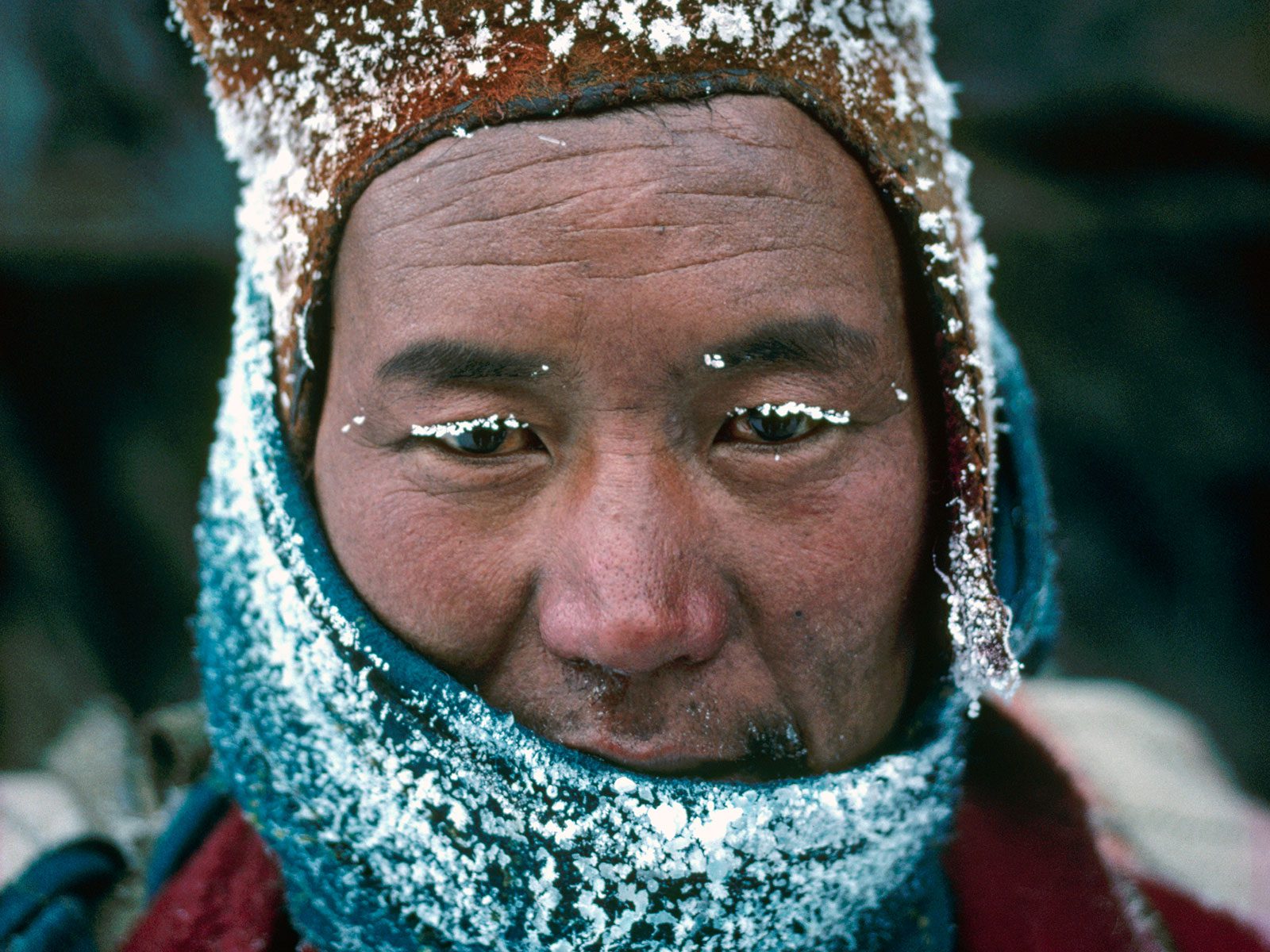
Must-See Photography Spots Along Ladakh Treks
Pangong Lake: A Photographer’s Favorite
Pangong Lake is arguably one of the most photogenic spots in Ladakh. The lake’s striking blue waters reflect the sky and surrounding mountains, making it an essential stop for landscape photographers. Photographers can capture the lake’s changing colors at different times of the day, creating a wide variety of images.
Tso Moriri Lake: Remote and Untouched
Tso Moriri is another gem for photographers. Located in a more remote part of Ladakh, this high-altitude lake offers a serene setting for landscape photography. Its lesser popularity compared to Pangong Lake means fewer crowds, allowing photographers to take their time and capture the peaceful beauty of the surroundings.
Essential Photography Tips for Trekking in Ladakh
Protecting Your Gear at High Altitudes
Trekking in Ladakh involves traveling through high altitudes, which can be tough on camera equipment. High-altitude conditions are dry, dusty, and often cold, so it’s crucial to protect your camera and lenses from the elements. Pack dry bags, lens cleaning kits, and silica gel to prevent moisture buildup.
Essential Gear for Trekking Photography
Trekking through Ladakh while carrying heavy camera gear can be a challenge, so it’s important to pack efficiently. A lightweight tripod, wide-angle lens for landscapes, telephoto lens for wildlife, and plenty of extra batteries (due to cold temperatures) are essential for capturing the full beauty of Ladakh.
Capturing Ladakh’s Culture Through Photography
Photographing Ladakh’s Monasteries
Ladakh’s monasteries are architectural wonders. From the towering Thiksey Monastery to the ancient Hemis Monastery, these structures are a key part of Ladakh’s cultural landscape. Photographers can capture the spiritual atmosphere, monks in prayer, and the intricate designs of the monastery interiors.
Portrait Photography of Ladakhi People
The people of Ladakh are an integral part of the region’s identity. Photographers interested in portrait photography will find rich opportunities in Ladakh’s villages. Traditional clothing, unique facial features, and the warm hospitality of the people make for beautiful, authentic portraits.
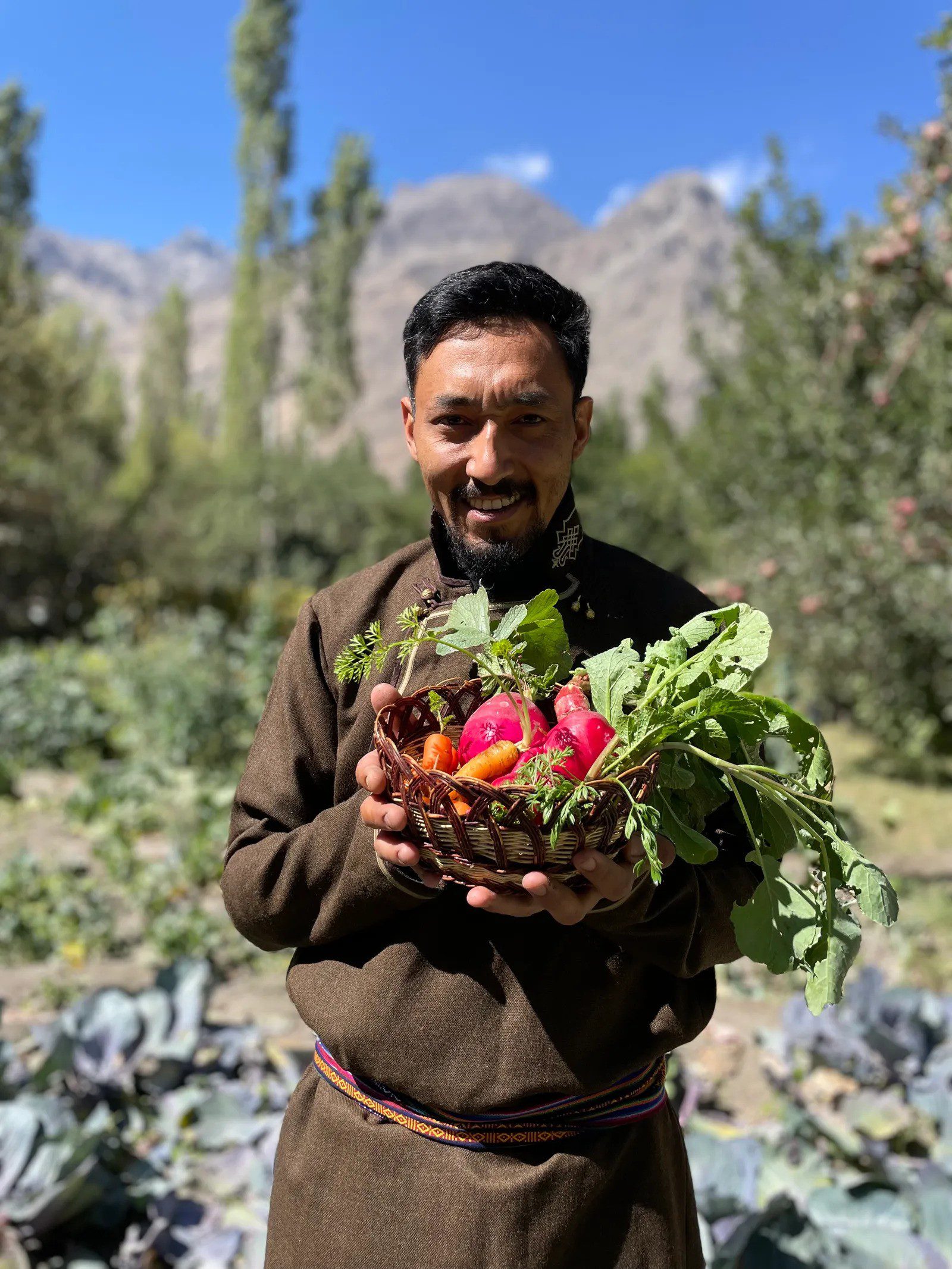
“I had the privilege of spending time with a local family in a remote village. The portraits I captured there are some of my favorites from the entire trip.”
– Haruto Yamamoto, Documentary Photographer, Japan
Practical Tips for Trekking and Photography in Ladakh
Managing Altitude Sickness
Altitude sickness can be a serious concern when trekking in Ladakh. Photographers, in particular, need to pace themselves and allow time for altitude acclimatization, especially when carrying heavy equipment. Taking regular breaks and staying hydrated is essential for a successful trekking experience.
Photography Etiquette While Trekking
When trekking and photographing in Ladakh, it’s important to follow leave no trace principles. Respect the local culture and environment by not disturbing wildlife, asking for permission before taking photos of people, and leaving natural settings undisturbed.
Conclusion: Trekking in Ladakh, A Photographer’s Paradise
Trekking in Ladakh is not just an adventure for the body but also a feast for the eyes and soul. From its majestic mountains to its serene lakes, vibrant culture, and unique wildlife, Ladakh offers an incredible array of photography opportunities. Whether you’re an amateur photographer or a seasoned professional, Ladakh will leave you with an unparalleled collection of images and memories.
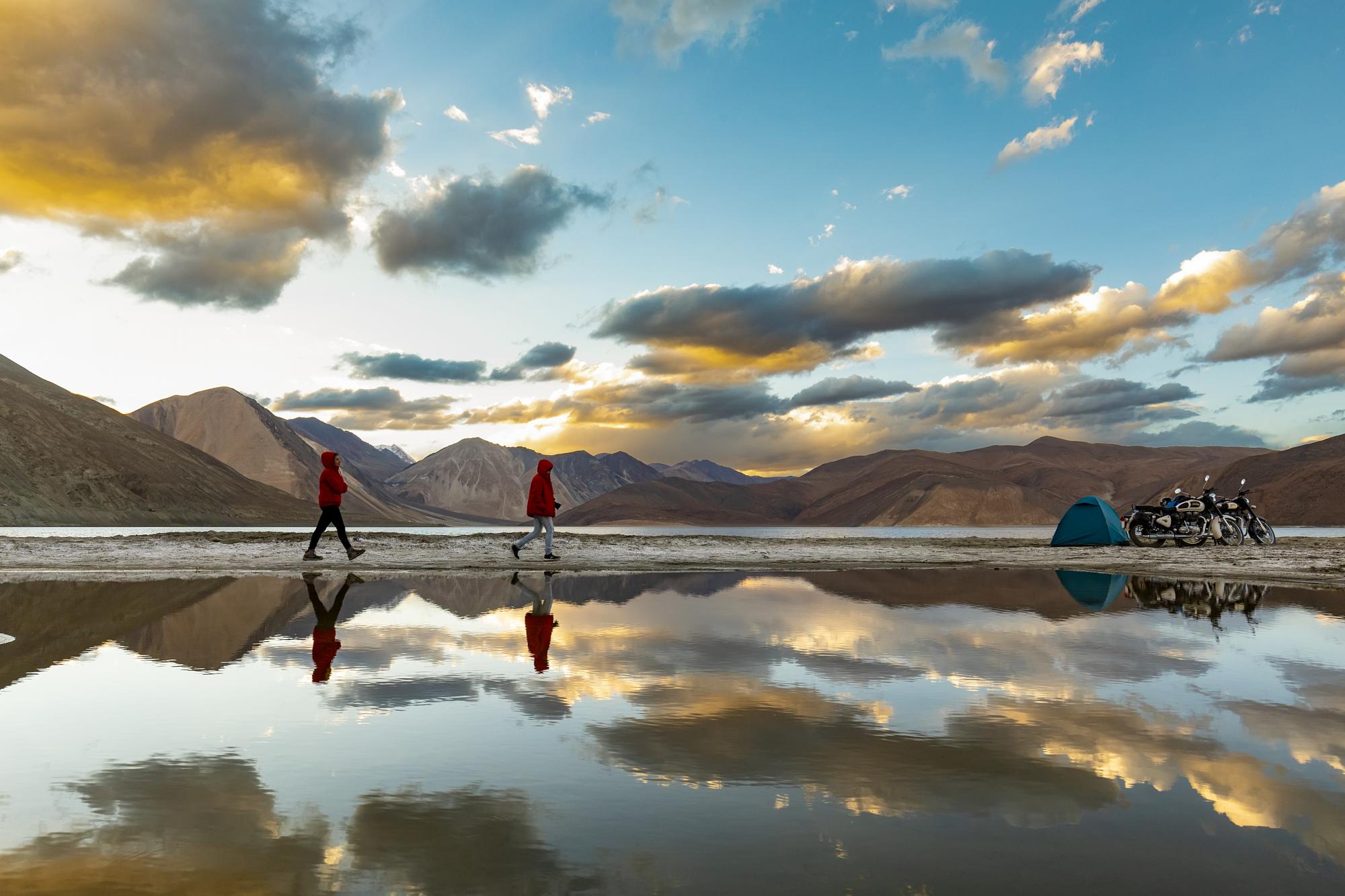
Q&A Section
Q: What are the best treks in Ladakh for photographers?
A: Some of the best treks for photographers in Ladakh include the Markha Valley Trek, Chadar Trek, Sham Valley Trek, and the trek to Tso Moriri Lake. Each offers unique opportunities to capture stunning landscapes and local culture.
Q: What photography gear should I bring on a Ladakh trek?
A: Essential photography gear for trekking in Ladakh includes a lightweight tripod, a wide-angle lens for landscapes, a telephoto lens for wildlife, extra batteries, memory cards, and lens cleaning kits. Also, consider using a dry bag to protect your equipment from dust and moisture.
Q: Is winter photography in Ladakh possible?
A: Yes, winter photography in Ladakh is possible and offers unique opportunities to capture the snow-covered landscape. The Chadar Trek on the frozen Zanskar River is one of the most popular winter treks for photographers.
Q: How can I manage altitude sickness while trekking in Ladakh?
A: To manage altitude sickness, it’s essential to acclimatize properly by gradually increasing your altitude, staying hydrated, and avoiding alcohol. If you’re carrying heavy camera gear, pace yourself and take regular breaks.
Q: Are there any cultural considerations when photographing people in Ladakh?
A: Yes, always ask for permission before photographing people in Ladakh, especially in remote villages and around monasteries. Respect the local culture and avoid disrupting religious practices.
Q: What is the best time for photography in Ladakh?
A: The best time for photography in Ladakh is during the summer months of June to September when the weather is clear, and the landscapes are vibrant. Winter months offer unique opportunities for snow and ice photography, especially in January and February.

